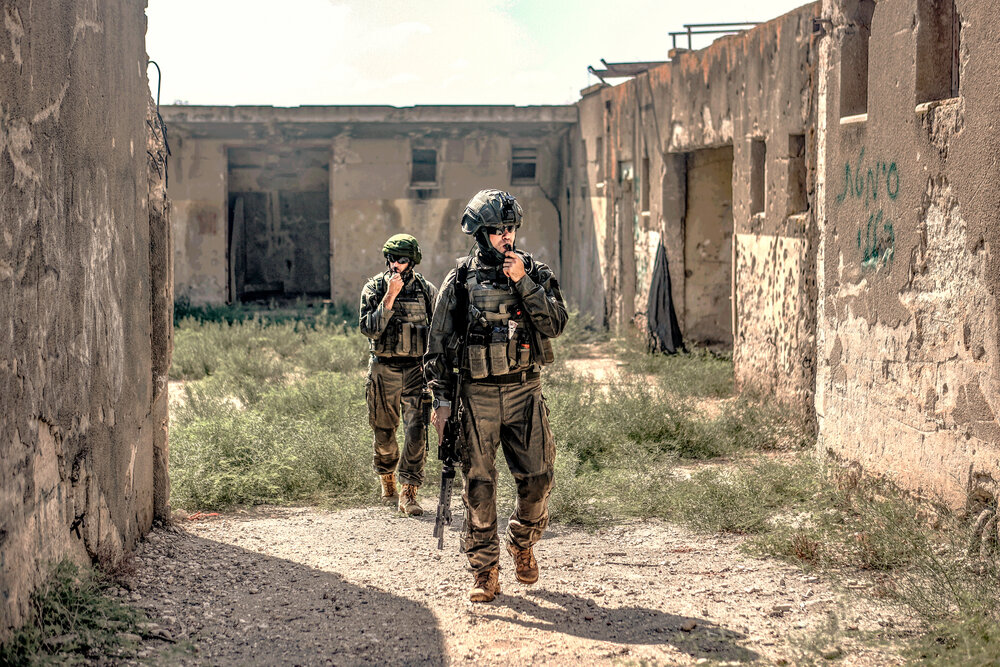Body armor is an important piece of protective gear for law enforcement officers, military personnel, and others who may find themselves in dangerous situations. There are different types of body armor available to suit the specific needs of the wearer.
Ballistic vests
The most common type of body armor is the ballistic vest. Ballistic vests are made from strong, flexible materials that can absorb and distribute the impact of bullets fired at the wearer. The material used in a ballistic vest may be Kevlar, Dyneema, or other similar fibers.
Ballistic vests can provide protection against small caliber handguns, as well as larger caliber rifles. The level of protection provided by a ballistic vest depends on the type of fabric used, as well as the construction of the vest. Vests may also be equipped with plates made from steel, ceramic, or composite materials to provide additional protection against high-velocity rounds.
Stab-proof vests
Stab-proof vests are designed to protect the wearer from knife and other sharp object attacks. The fabric used in a stab-proof vest is usually Kevlar or another strong synthetic fiber. The vest may also be equipped with a plate made from steel, ceramic, or composite material for added protection against high-velocity rounds.
Bullet-resistant helmets
Bullet-resistant helmets are made from strong, lightweight materials that can protect the wearer from the impact of bullets fired at close range. The material used in a bullet-resistant helmet may be Kevlar, Dyneema, or other similar fibers. The helmet may also be equipped with a visor made from bullet-resistant glass or polycarbonate to protect the wearer’s eyes from flying debris.
Body armor for children
There is a growing market for body armor designed specifically for children. These products are made from the same materials as standard body armor, but are often lighter in weight and have smaller dimensions to better fit a child’s body.
The future of body armor
Body armor is constantly evolving to meet the changing needs of those who wear it. New materials and design innovations are making body armor lighter, more comfortable, and more effective at protecting against a variety of threats. In the future, body armor may be equipped with sensors that can provide real-time information on the wearer’s condition, as well as integrated communications systems that allow for better coordination between responders in an emergency situation.
